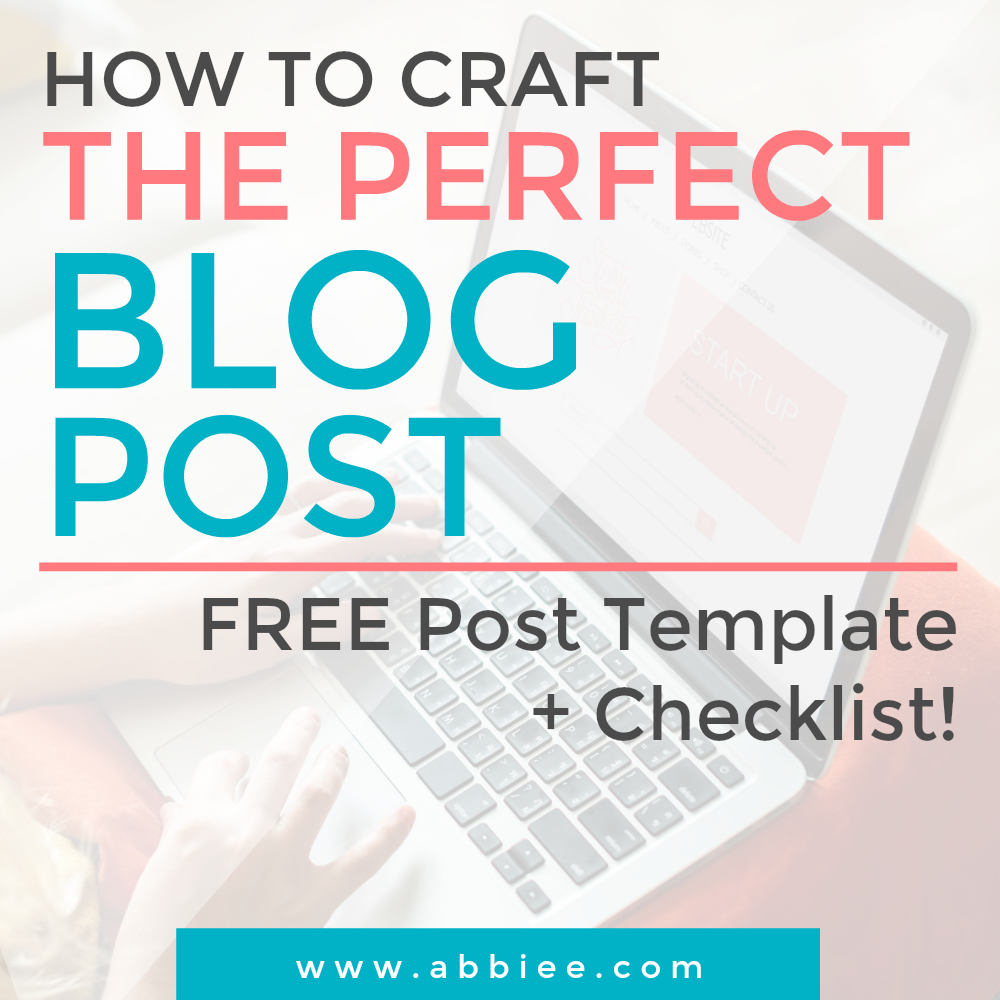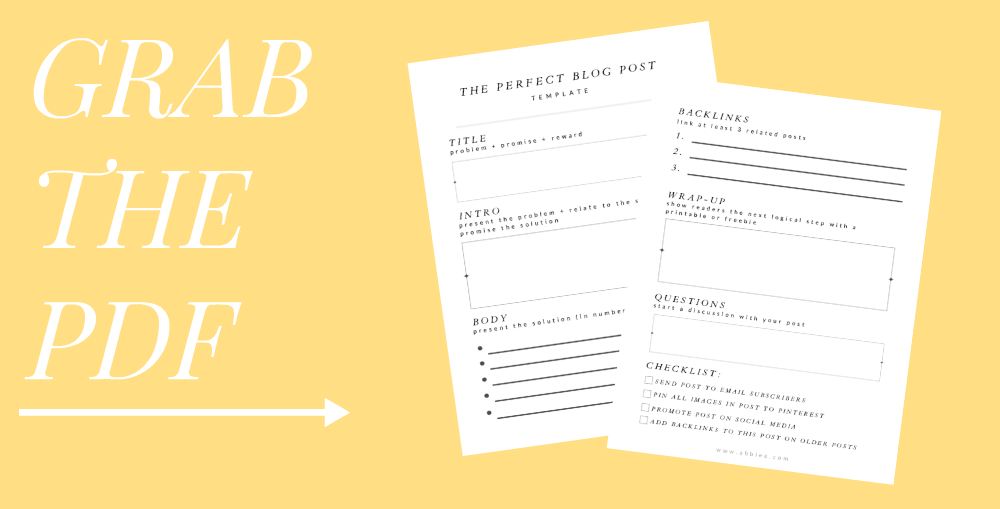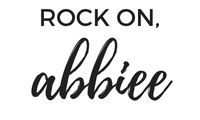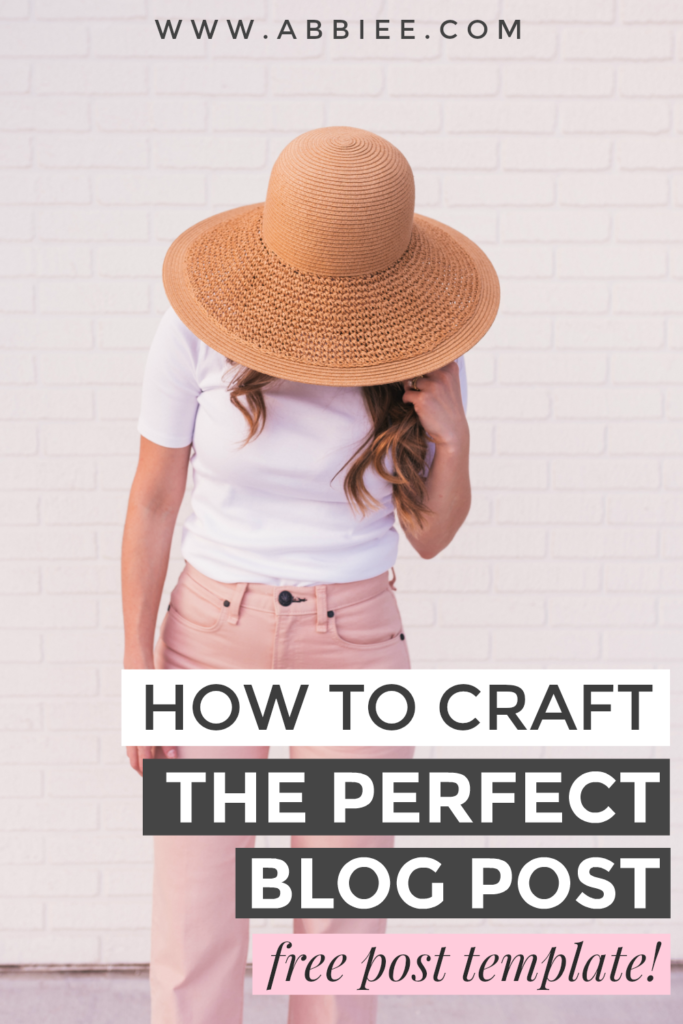
Blogging is hard work. It’s no small thing to take ideas out of your head and put them into words that engage, enlighten, and impact readers. But what if there was an exact template you could follow to write The Perfect Blog Post?
I’ve written 400+ blog posts in the past eight years, and I’ve read just as many — if not more. And in that time, I’ve learned that blogging is hard work. You’re pouring your ideas and insight into an article with the intention of enlightening or helping everyone who reads it, and that’s a tall order.
But it’s not impossible. See, the tricky thing about blogging is knowing how to package the information we have for the world. Just like any kind of writing, it comes down to getting the ideas out of your head and into words — words that connect with others, and make them want to read more.
Now before we go any further I do have to say that there are many different kinds of blogging. When I talk about crafting The Perfect Blog Post™, I’m talking about the type of posts I publish here — articles geared towards providing insight and actionable steps to improve your life. No matter what topic you blog about, this style of post will always be a winner. I can promise you that it will engage readers, leave them satisfied (but hungry for more of your content) and forge a lasting bond between you and your readers. (Not to mention, this is the most sharable kind of content.)
If your goal is to just provoke thought with your blog posts, this might not be the right fit for you. But if you want to hook your reader, engage them, help them, and leave them wanting more of your awesome content — YOU’RE IN THE RIGHT PLACE, MY FRIEND.
Today I’m taking you behind the scenes and showing you my secrets to writing a perfect blog post. Let’s go!

The most important part: the title
I’m pretty sure we all know how important the title of a blog post is. The title is the first thing everyone will see — it will be the deciding factor in whether or not we get readers to click and actually read the post. So what’s the science* behind a catchy title?
PROBLEM + PROMISE + REWARD
^ this is the formula I try to always use with my posts. Why? Because it plays on human psychology. If I can pinpoint your problem, I called you out. Now that you’re paying attention to the topic, I can promise you a solution. And beyond that — to go the extra mile — I’m going to give you something even better than the solution: a foolproof roadmap to improve this situation in your life.
Does this actually work? Well, apparently so because you’re reading this post right now and I did it to you up there in the title:
How To Craft The Perfect Blog Post (FREE Post Template + Checklist!)
“How To Craft The Perfect Blog Post” indicates that you probably have trouble with doing this very thing (I know I did for several years.) I wrapped up the problem and the promise with that line. And then the reward: “FREE Post Template + Checklist!” This is the bonus goodies I’m going to give you at the end of the post so that every single blog post you write from here on out WILL BE GREAT.
*of course there’s a science behind it!! there’s a science behind everything!!

The introduction (aka: the hook)
Next comes the SECOND most important part of the post: the introduction. Also known as: the few paragraphs that come before the meat of the post. (And before the “read more” tag if you use those.) Here’s what you have to do with the introduction:
– PRESENT THE PROBLEM
– RELATE TO THE STRUGGLE
– PROMISE THE SOLUTION
At this point you might be thinking, “Am I even qualified to write as an authority on this?” < this is a very natural question to ask, but let me put it to death right now: YOU ARE QUALIFIED. Being an expert on something only means having experience in that thing — enough experience to help someone else with less experience. And if you find yourself getting asked questions about this topic, you need no more proof! Your readers think you’re expert enough to ask your advice. So give it to them.
The only way to “hook” readers at the beginning of your post (and pull them through to the end) is to be confident. Don’t be afraid to toot your own horn! If this solution you’re writing about works for you, it will work for others — so believe in it!
The body (aka: the helpful part)
You basically just have one goal, here:
PRESENT THE SOLUTION (preferably in numbered steps)
Why numbered steps? It’s not essential, but it does capture the attention better, especially when you include the numbers in your title. For instance, “7 Awesome Tools And Resources Every Blogger Needs” VS “Awesome Tools And Resources Every Blogger Needs.” When you see the number 7 you automatically know how long the post will be. You know it will provide you with 7 tools — no more, no less. And this also lights up your curiosity, making you wonder: “what are the 7 tools??”
Another (more technical) thing you’ll want to do in the body section: about halfway through your post, insert some backlinks to relevant content on your blog. This means previous articles on a similar topic. Think: people who like this also liked this.
I talked a bit about this in my post How To Make People Stay On Your Blog Longer. Basically, you want to distract this Innocent Reader™ with more of your awesome content — because if they like this post, they’ll LOVE all the articles you’ve written previously on this subject. Remember, self-promotion is your friend, not your enemy! You can slip a little plug into your post just like this:
OTHER HELPFUL ARTICLES ON BLOGGING:
- How to Plan a Month’s Worth of Blog Content in 25 Minutes
- How To Write An EPIC “About Me” Page (Without Ripping Your Hair Out)
- How to Balance Social Media and Creativity (Stop Wasting Your Time and Inspiration!)
The annoying thing about backlinks is that (for SEO purposes) you really should go to the post you’re linking and link back to this post you just wrote. That way, search engines will see that your various articles are connected like a little web inside your blog.

The wrap-up (and call-to-action)
Now that you’ve helped your readers and given them a solution to their problem, it’s time to give them the next logical step. This is your golden moment! Your reader is primed to take it to the next level and befriend you in the process.
This is where you can offer them a freebie or printable. Think of it as the next logical step. In the process, you’ll get your reader’s email address and be able to contact them in the future to lead them closer to success.
Don’t throw away this golden opportunity! When your reader reaches the end of the post, they are ready for the “reward” you promise them in the title. So craft an irresistible call-to-action and bring them all the way to the finish line! People love it when you make things easier for them. So use your freebie to make this solution easier for your reader to execute.
Ask questions
Want to get people talking in the comments section? Ask them questions! Think of a few conversation-starters about the topic you just discussed. When I publish a post, I like to think of it as the beginning of a discussion. The comments are my favorite part, because that’s where I get to learn more about my readers and what they would like to see on my blog.
Reader feedback is so important. Not only will it help you improve your work-in-progress posts, but it will spark ideas for future posts. Pay attention to the kinds of questions readers ask you. Like I said before, if they’re seeking your advice on this topic, they obviously consider you an expert.
Last but not least, sign off
Sign off warmly and be sure to encourage sharing of your post! Include a Pinterest-friendly image for people to share (you can find easily customizable templates for those images here and here.) Also make sure your blog theme has built-in sharing buttons at the bottom or top of each post.

Steal my Perfect Blog Post template!
I haven’t forgotten my promise! I want to give you my Perfect Blog Post™ template. It’s a classy little printable that will walk you through my exact blog post outlining process — just like we talked about in today’s post! The cool thing about the printable is that it’s literally a fill-in-the-blank template that you can use again and again for ANY post. Grab it right here.

TALK, BRO
Have you ever struggled to write a blog post? I know I have. And I hope after reading this post you struggle no more! What are your favorite kind of posts to write? And while we’re on the topic, tell me: What posts would you like to see more of on my blog?

LOVE THIS POST? PIN IT!




